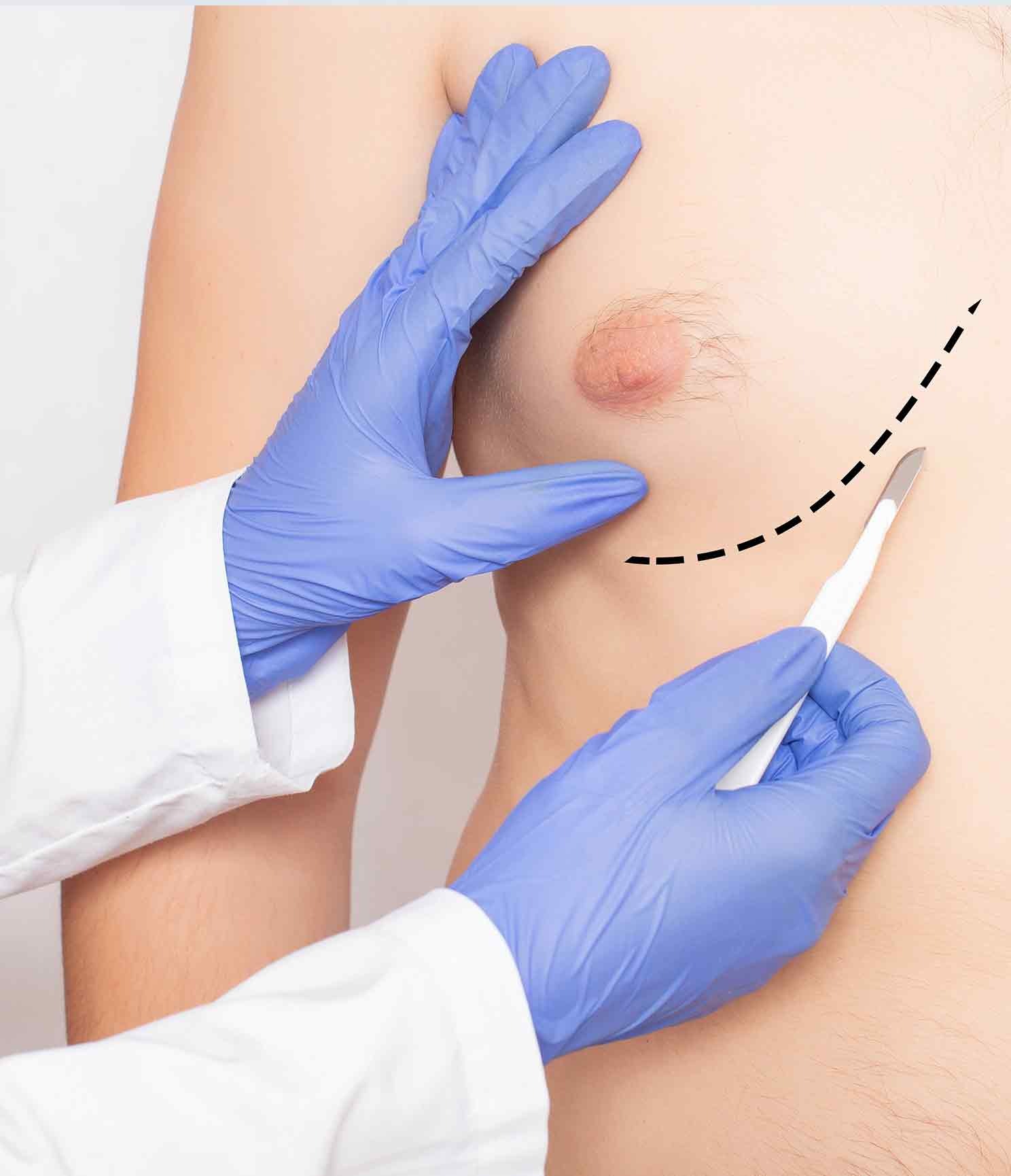
Breast Augmentation
Breast augmentation, also known as augmentation mammoplasty, is a popular cosmetic surgical procedure that increases the size and fullness of the breasts using implants or fat transfer. The procedure is often sought by women who desire a larger breast size, have experienced a loss of volume due to pregnancy or aging, or wish to correct breast asymmetry. Breast augmentation can provide patients with a more balanced, proportionate, and aesthetically pleasing figure, often leading to increased self-confidence and improved body image.
Breast Reduction
Breast reduction, or reduction mammoplasty, is a cosmetic surgical procedure designed to remove excess breast tissue, fat, and skin, resulting in smaller, lighter, and more proportionate breasts. Many women choose to undergo breast reduction to alleviate discomfort, such as neck, shoulder, and back pain, caused by the weight of overly large breasts. Additionally, breast reduction can help improve self-confidence and make it easier for women to participate in physical activities and find clothing that fits comfortably and flatters their figure.


Breast Lifting
Breast lifting, or mastopexy, is a cosmetic surgical procedure designed to raise and reshape sagging breasts by removing excess skin and tightening the surrounding tissue. The effects of aging, pregnancy, breastfeeding, weight fluctuations, and gravity can cause the breasts to lose their youthful shape and firmness, leading to a drooping appearance. Breast lifting can restore a more youthful and uplifted breast contour, helping patients regain their self-confidence and feel more comfortable in their bodies.
Gynecomastia
Gynecomastia is a common condition affecting men and boys, characterized by the enlargement of breast tissue, often resulting in a more feminine appearance. While gynecomastia is typically harmless, it can be a source of embarrassment and discomfort for those affected, causing emotional distress and low self-esteem. The development of gynecomastia can be attributed to hormonal imbalances, with an excess of estrogen or a deficiency of testosterone often playing a significant role. Other factors contributing to the condition include obesity, aging, certain medications, and underlying medical conditions.

